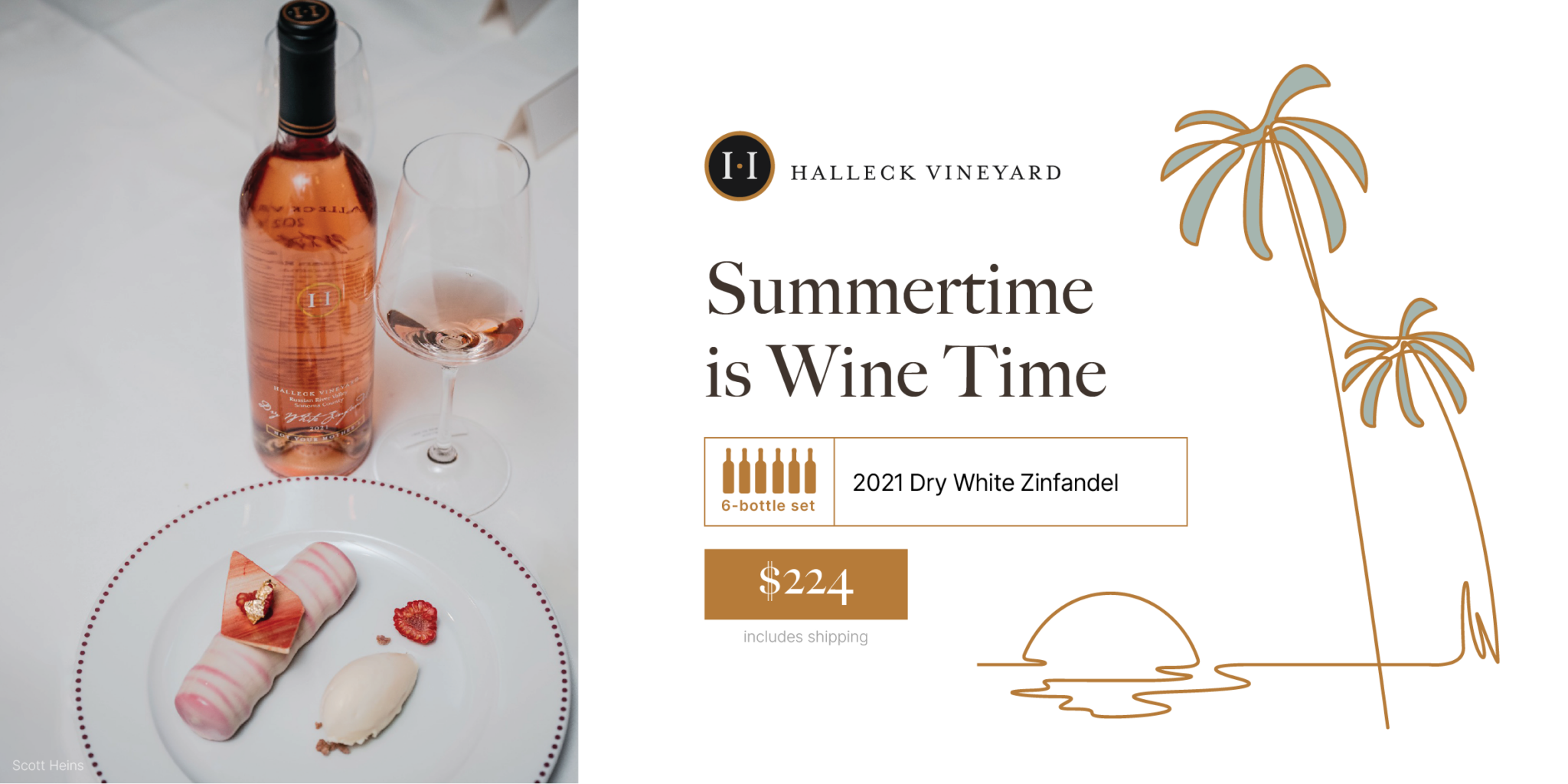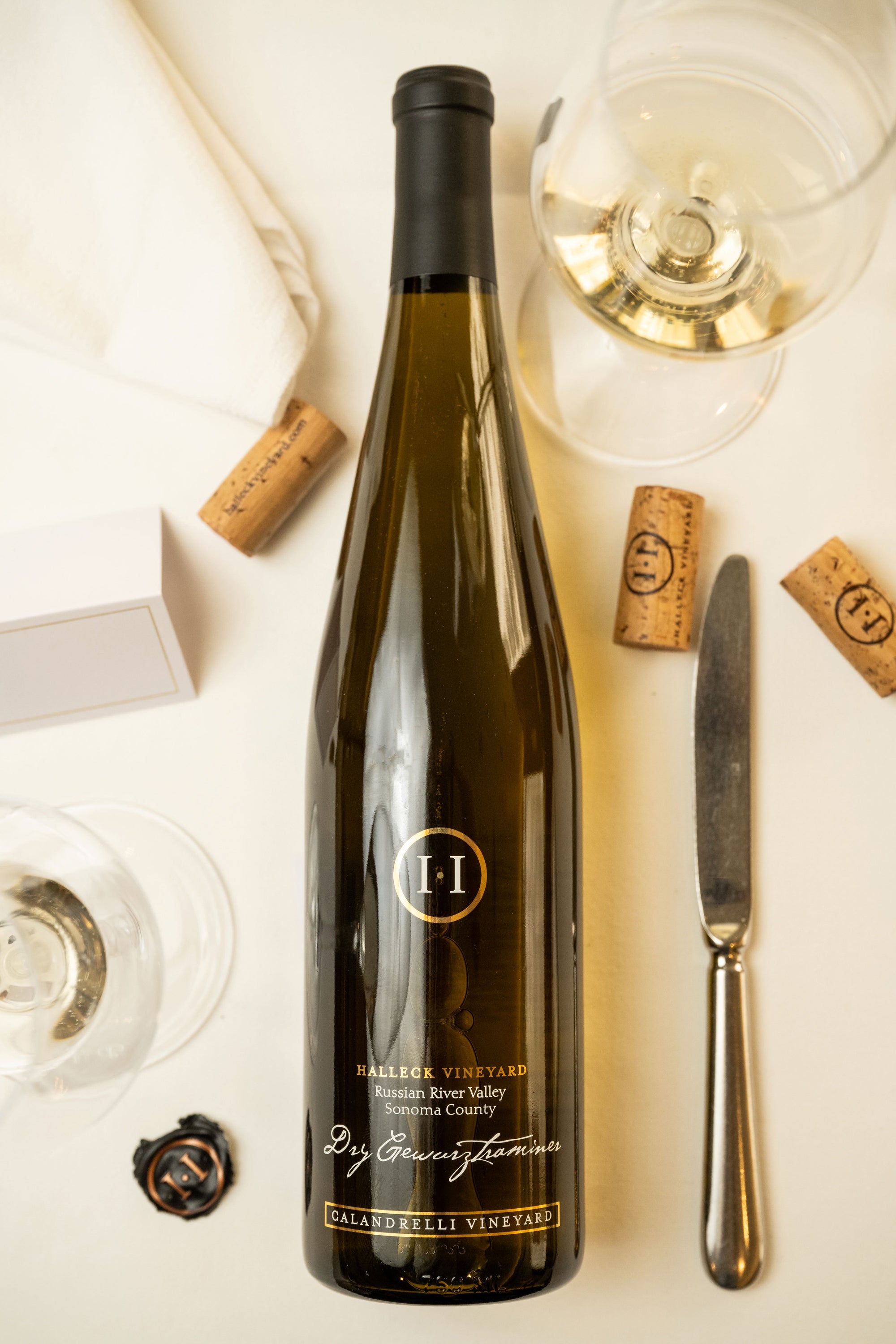Wineries With River Views - Wineries With Outdoor Tastings In Sebastopol
Wineries With River Views - Wineries With Outdoor Tastings In Sebastopol
Blog Article
Wineries Known For Sustainable Practices In Sonoma - Wine Tasting At Sonoma Vineyards
Wine tasting is an art that combines sensory experience with an appreciation for the nuances of various varietals. How to evaluate flavors in winery wine tasting periods is pivotal to grasping the complexities of wine.
Engaging in a wine tasting involves greater than simply sipping and savoring. It requires a targeted strategy to identify aromas and flavors that every wine presents. As you start, observe the wine's appearance, noting its color and readability. These visual cues often counsel a wine’s age, grape selection, and even potential flavor profiles.
The next step in the tasting course of is to swirl the wine in your glass. This action releases aromatic compounds which would possibly be very important for evaluation. Lean in and take a moment to inhale deeply; the aromas can vary from floral and fruity to spicy and earthy. The nose of the wine is simply as important as the palate, and recognizing scents performs a significant function in understanding the general experience.
When taking your first sip, allow the wine to maneuver across your palate - Wineries With Picnic Areas. Discover the preliminary flavors that current themselves. Is the wine fruity, floral, or maybe herbaceous? This initial style provides insight into what the wine is prone to categorical as you continue to evaluate it. The mouthfeel also contributes to the general flavor experience; it could be silky, tannic, or even effervescent.
Wineries Promoting Sustainable Farming - Wine Tasting In Sonoma County
As you proceed tasting, take note of the wine’s stability. A well-balanced wine will harmonize acidity, sweetness, and tannins. If one component overwhelms the others, it'd point out a much less desirable high quality. Evaluating steadiness may help you determine how properly the wine would possibly pair with food.
Transitioning to the finish, think about how the flavors evolve as the wine lingers in your palate. A lengthy, pleasant finish can point out a high-quality wine, whereas a brief or abrupt end may counsel otherwise. Mirror on whether the flavors stay constant or if new notes emerge as the wine settles. This development can reveal complexities and intricacies that might not have been apparent in the preliminary tasting.
Temperature can be a vital consider evaluating wine flavors. Completely Different kinds of wine are optimally loved at specific temperatures. White wines typically shine when chilled, whereas red wines typically perform greatest at room temperature. When tasting, ensure the wine is at the appropriate temperature to totally respect its character.
Wineries With A Focus On Syrah - Sonoma Vineyards Worth Visiting
Pairing food with wine can tremendously improve the tasting experience. Meals can influence the perception of flavors in wine, either highlighting sure traits or diminishing them. When evaluating flavors, think about how the wine interacts with different meals, noticing which flavors are amplified or muted (Wineries In Dry Creek Valley).

Contemplate the affect of terroir as you have interaction in a winery tasting. Terroir encompasses the unique environmental components that affect grape growing, together with soil composition, climate, and geography. Understanding a wine's terroir can present perception into its flavors and aromas, fostering a deeper appreciation for the alternatives made throughout its cultivation and production.
Schooling plays a fundamental role in enhancing one's capability to evaluate wine flavors. Studying about grape varieties, wine regions, and manufacturing strategies can pave the method in which for more knowledgeable judgments throughout tastings. Moreover, attending workshops or classes can refine sensory skills and expand your flavor vocabulary, enabling you to articulate tasting notes extra successfully.
Finally, it's important to do not overlook that evaluating wine flavors is a extremely personal experience. Individual preferences and perceptions will invariably shape one’s tasting journey. Enjoyment ought to be at the forefront, with the analysis process appearing as a tool to reinforce understanding and appreciation somewhat than create rigid tips.
Charming Wineries Offering Wine And Food Pairings - Sebastopol Wineries
In conclusion, mastering how to consider flavors in winery wine tasting classes entails a combination of sensory engagement, information, and practice. By studying to identify aromas, assess the steadiness, and respect the intricacies of flavor, wine enthusiasts can deepen their connection to each bottle they encounter. As with any art type, the more one immerses themselves within the experience, the extra they will discover and benefit from the huge world of wine.
- Begin by observing the wine's colour and readability, as these visible elements can trace at its flavor profile and getting older potential.
- Swirl the wine gently in your glass; this releases aromatic compounds, permitting you to higher identify the complicated scents associated with the wine.
- Take a deep inhale earlier than tasting, specializing in each main and secondary aromas to assemble insights on fruits, spices, and different nuances.
- When tasting, enable the wine to coat your palate; note the initial flavors, the mid-palate complexity, and the end as these phases can provide different flavor highlights.
- Pay attention to texture and mouthfeel, as elements similar to tannin ranges, acidity, and sweetness contribute significantly to the overall tasting experience.
- Compare flavors against standard wine traits; for purple wines, think about berry notes, oak influence, and herbal tones, while whites might include citrus, stone fruits, and floral hints.
- Take notes during the tasting session to trace your impressions, helping you to remember and evaluate the completely different wines sampled.
- Talk About your findings with fellow tasters or winery employees, as sharing insights can improve understanding and appreciation of individual flavors.
- Permit time for the wine to breathe; typically, flavors evolve and reveal new dimensions after being uncovered to air.
- Experiment with food pairings in the course of the tasting as they'll dramatically alter how flavors are perceived, influencing overall enjoyment.undefinedWhat ought to I look for when evaluating the aroma of wine throughout a tasting?
Begin by swirling the wine in your glass to release its aromas. Bring the glass to your nose and take a deep breath. Pay consideration to the first scents you detect, as these are often the most prominent. Look for fruit, floral, herbal, or earthy notes and try to establish specific traits, which is in a position to deepen your understanding of the wine's complexity.
Wineries With Breathtaking Gardens In Sonoma - Greatest Wine Tasting Locations In Sonoma
How can I distinguish between totally different flavor profiles in wine?
Perceive that flavor profiles are sometimes categorized as fruit, floral, herbaceous, spicy, or mineral. Take small sips and allow the wine to coat your palate. Discover the primary flavors that emerge first and the subtle notes that observe. This layering is important in distinguishing the wine's characteristics and will allow you to recognize its unique profile.
Wineries Offering Virtual Wine Tastings - Wineries In The Sebastopol Region
What is the significance of the wine's texture in a tasting?

The texture of the wine, also called mouthfeel, performs a vital function in how we understand flavors. Pay attention to whether the wine feels smooth, creamy, or gritty. The physique of the wine (light, medium, or full) can enhance or distinction with flavors, providing a extra rounded experience throughout tasting.
How do I assess the balance of flavors in wine?
Balance in wine refers back to the harmony between acidity, sweetness, tannin, and alcohol. Take a moment to evaluate whether these parts complement or interfere with one another. A well-balanced wine may have none of its components overpowering the others, creating a pleasing tasting experience.
Best Wineries For Wine Tasting In Sonoma - Finding Good Wineries For Wine Tasting
What role does temperature play in evaluating wine flavors?
Temperature can significantly impression the perception of flavors. Usually, pink wines are best served barely go to this web-site under room temperature, whereas white wines take pleasure in being chilled. As the temperature adjustments, the aromas and flavors can shift, allowing you to perceive completely different traits. It’s important to taste wine at its optimal temperature for true analysis.
Wineries Promoting Wine Club Memberships - Discovering Sebastopol's Wineries
How can I improve my tasting skills over time?
Practice is essential to improving your tasting skills. Remarkable Craft Wineries In Sebastopol. Attend tastings, keep a journal of your experiences, and explore various sorts of wines to broaden your palate. Additionally, studying about wine manufacturing and grape varieties can present context that enhances your evaluation course of, making you a extra knowledgeable taster.
Is there a specific order by which I should taste the wines?
Wineries In The Heart Of Sonoma County Wine Region - Sonoma Wine Tasting Adventures
Yes, it’s advisable to taste wines from light to full-bodied and dry to candy. This development prevents the stronger flavors from overshadowing the more delicate ones, permitting you to totally respect every wine's traits and nuances with out palate fatigue.
How can I evaluate the aftertaste of wine?
Beautiful Picnic Areas At Sonoma Wineries - Tasting Fine Wines In Sonoma County
The aftertaste, or finish, is a crucial facet of the wine-tasting experience. After swallowing, take note of how long the flavors linger on your palate and whether or not they change. moved here A long, pleasant finish is commonly an indicator of a high-quality wine, while a short or unpleasant finish might recommend in any other case.
Why is it necessary to notice the wine’s acidity throughout tasting?
Acidity contributes to the general freshness and construction of the wine. Pay attention to the tingling sensation on your tongue; higher acidity can enhance the wine's liveliness and steadiness out sweetness. Noting acidity helps decide the wine's versatility with food and its getting older potential.
What ought to I do if I struggle to determine particular flavors in wine?
Wineries With Estate-Grown Grapes - Sonoma Wine Tastings
Struggling to identify flavors is widespread, particularly for beginners. Focus on broader categories and describe what you'll be able to recognize, corresponding to sweet or earthy notes. With practice, reading about completely different flavor profiles, and perhaps using flavor wheels, you may refine your senses and develop a extra nuanced strategy to tasting. Report this page